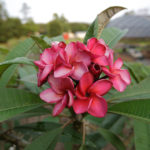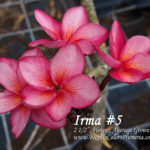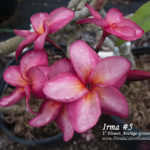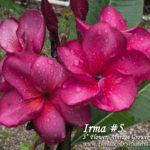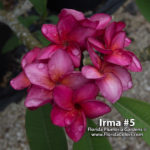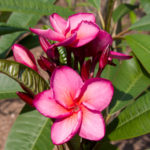A typical seed has the following parts and the functions.
- Radicle = It is embryonic root system.during seed germination it begins to grow and goes down in the soil to form the root system.
- Plumule = It is the embryonic shoot system. During germination it begins to grow and form the shoot system; viz. stem,branches and leaves.
- Cotyledon/s = These are the godowns of reserve food that is required during germination. The stored food is largely in the form of starch, proteins and oils.
All the pulses i.e. peas and beans are good examples of this; and that is precisely why they are cultivated by mankind. - Endosperm = This is also a godown of reserve food for the same purpose mentioned above. It is mostly found in the cereals like rice,wheat, maize,oats and barley,and that is precisely why these are cultivated.Thus, a seed gets stored food for its growth from cotyledons or endosperm; but both these parts are never functional simultaneously. In those plants where the cotyledons store reserve food, the endosperm is non-existent,examples are all the pulses (see above)
When the endosperm stores reserve food , the cotyledons are non-functional,examples are all cereals (see above).In short both of them are never functional in the same plant.
The reserve food is just sufficient to let the seedling become independent. When the first green leaves appear it no longer requires the food from the godown.
The seed of a higher plant is a small package produced in a flower or cone containing an embryo and stored food reserves. Germination and early seedling growth require the mobilization of food storage reserves within the seed. A major portion of almost every seed consists of food reserves. Angiosperms fall into two groups regarding the placement of stored food in their seeds: the monocots which store most of their food in the cotyledons or seed leaves; and the dicots which store their food in extraembryonic tissues called endosperm (Gottfried, 1993).
Under favorable conditions, the seed begins to germinate, and the embryonic tissues resume growth, developing towards a seedling. The first step in germination of a seed occurs when it imbibes, or takes up water. Once this has taken place, metabolism within the embryo resumes (Gottfried, 1993). The part of the plant that emerges from the seed first is termed a radicle or young root—which anchors the seed and absorbs water and minerals from the soil (Gottfried, 1993). In some definitions, the appearance of the radicle marks the end of germination and the beginning of “establishment”, a period that ends when the seedling has exhausted the food reserves stored in the seed. Then, the shoot of the young seedling elongates and emerges from the ground. These are critical phases in the life of a plant. The mortality between dispersal of seeds and completion of establishment can be so high, that many species survive only by producing huge numbers of seeds (wikipedia.org, 2006).
Seed germination depends on a variety of environmental factors, the most important of which is water. However, other factors such as the availability of oxygen (for aerobic respiration in the germinating seed), suitable temperature, and sometimes the presence of light are also necessary (Gottfried, 1993).




































